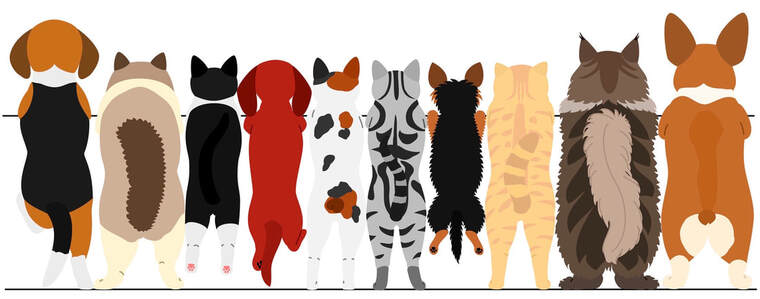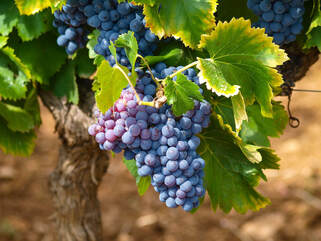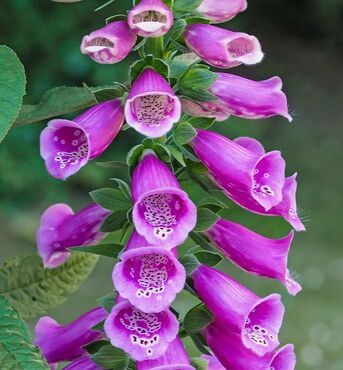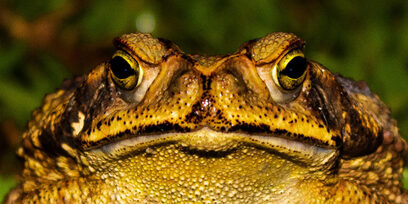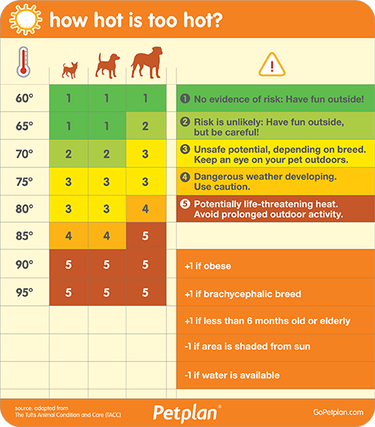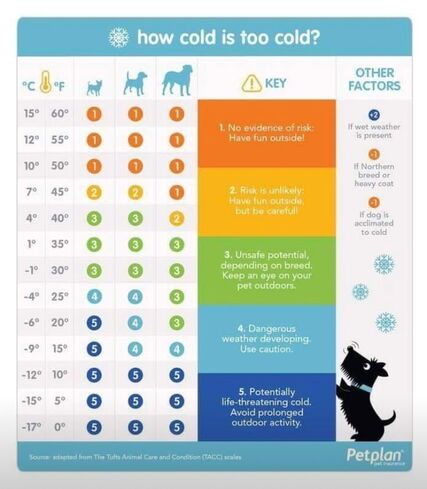Animal Poison Control Center
(888) 426-4435
If you suspect your pet has ingested a hazardous substance, please contact Poison Control IMMEDIATELY.
They will assign you a Case number and direct you to the next steps.
They will assign you a Case number and direct you to the next steps.
As beautiful as Southwest Florida is, there are many things that could potentially harm our four-legged friends. From the food on the table to plants around the house and more, there are many things to be cautious of.
Click on the links below for What to Avoid:
~ Toxic Foods
and Grain is NOT bad*
~ Toxic Plants
~ Household Items
~ Predators and other Deadly Creatures
Weather Hazards
Here are some important safety tips for those very hot & cold days:

